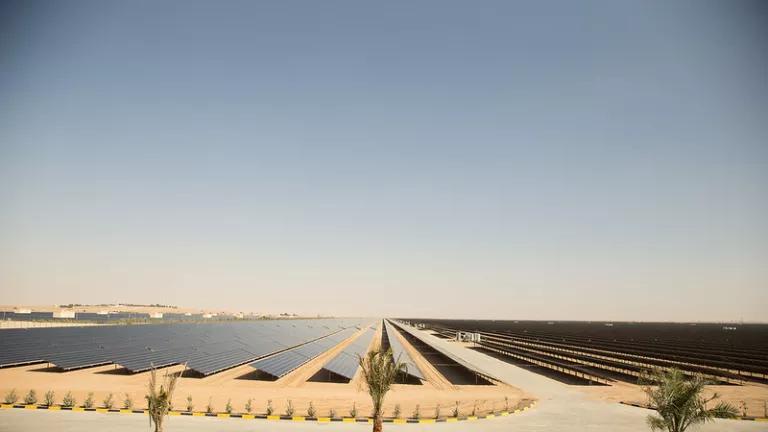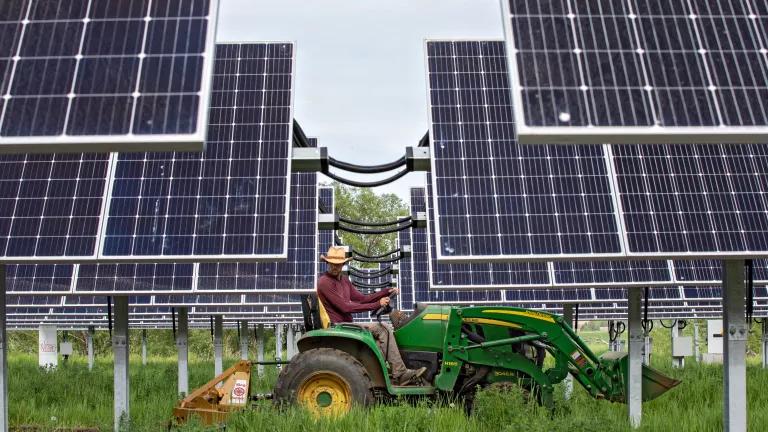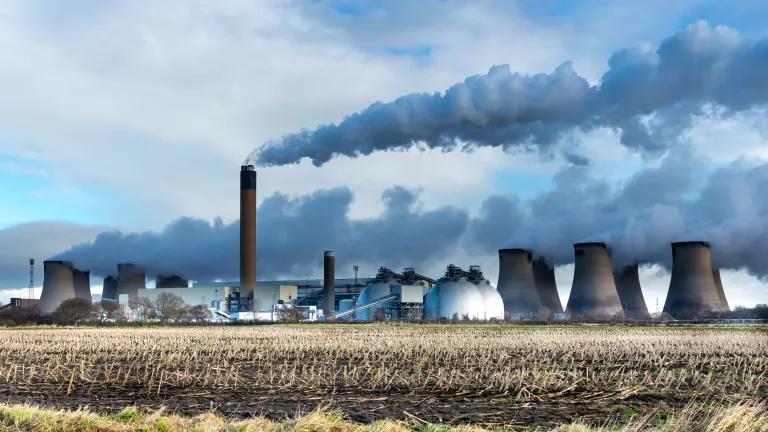UK Takes Step Against Wood-Fired Electricity
This post was co-authored by Kenneth Richter, a consultant to NRDC on bioenergy, based in Germany.
The UK government has taken an important step in the direction of ending subsidies for dirty electricity from biomass. The government’s plan, published on August 31st, sets a new greenhouse gas (GHG) emissions threshold for biomass-burning power stations that are supported through the Contracts for Difference subsidy scheme.
This change is significant: It effectively rules out the use of imported wood pellets for electricity production for any new UK-based plants supported by government subsidies. It also sends a powerful signal to other EU members states, as well as emerging markets for biomass-fueled electricity, that burning pellets as an alternative to fossil fuels is not a climate solution.
Inexplicably though, Drax, the world’s biggest pellet-burning power station, is exempt from these changes for its existing wood-fired power plants. The UK taxpayer will continue to pay Drax £2 million in government subsidies every day for burning imported pellets, despite Drax exceeding the new GHG thresholds by miles.
According to Drax’s own reported figures, the emissions from pelleting and shipping the biomass it sources from forests in the U.S. Southeast across the Atlantic ocean exceed the new limit. This is before accounting for all the carbon pollution that Drax Power Station belches out of its smokestacks when the pellets are burned to generate electricity, which the government unfortunately continues to ignore.
None of the pellets currently burned in the UK qualify under the government’s new GHG standard, yet all will continue to receive subsidies due to a policy loophole known as “grandfathering.” Unfortunately, that means that Drax’s existing aid was “grandfathered in” by the government. This is despite the government’s own admission that “continuing to apply the existing GHG threshold would lead to GHG emissions [for biomass electricity] significantly above the projected UK grid average.”
This begs the question what purpose a policy change has that fails to apply to almost all the biomass-fueled electricity that will be produced in the UK between now and 2030 (as little new-built capacity is foreseen).
This is especially problematic since analysis shows that the UK does not need bioenergy to keep a reliable electricity system. A 2018 study evaluated the UK grid and its reliability needs, and concluded that in 2030, under increasingly strict carbon intensity targets for electricity generation, and as soon as 2021, the UK could retire all its biomass and operate a highly reliable, low-carbon, and cost-effective electricity system with an energy mix increasingly dominated by solar and wind. Just because a bioenergy power plant can be ramped up and down does not make it better for the UK system.
The second big question we need to ask is about the dubious timing of this decision: The GHG tightening was already proposed in a 2017 consultation document on changes to government subsidies for biomass energy. The government announced decisions regarding other changes proposed in the consultation in June 2018, but the response to these proposed GHG changes was held back until late August, just days after Drax completed the conversion of its forth boiler to burning wood pellets.
UK ratepayers shouldn’t have to keep paying for the government’s mistake when low-cost, low-risk energy alternatives are available. While Theresa May’s government has finally recognized that keeping the light on by burning imported wood pellets is bad for the climate, it needs to make more than noble gestures and apply stricter GHG criteria to subsidies being paid out to all existing biomass-burning power stations, including Drax.



